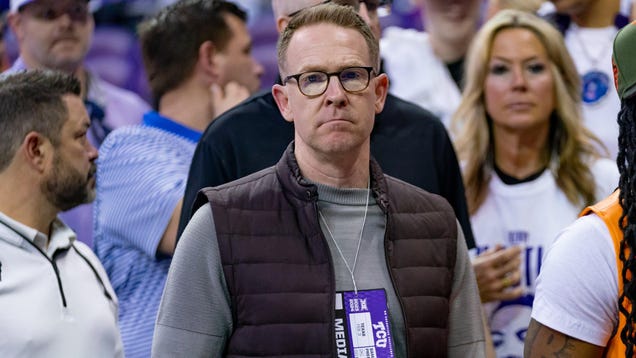Twitter and other social media tools should be implemented to every journalism class. I recently did this with an advanced sports reporting class I co-taught at Columbia College Chicago.
We created the web site Beyond the Game to showcase narrative storytelling, and linked off to each student's blog. We also created a Facebook group page to promote updates, and students were encouraged to post their packages on their Twitter feeds.
Here are some other creative ways to teach social media to journalists, based on a recent Poynter Institute live chat with Columbia professor and online guru Sree Sreenivasan:
- MuckRack's feed is an excellent way to see journalists in action on Twitter.
- Poynter's Ellyn Angelotti provides some great examples of how media outlets are effectively using Twitter.
- How students can avoid information overload on social media sites.
- Sree offers his own tips on Twitter.
- Mashable's Twitter guide covers the basics.
- Mashable also offers 10 ways j-schools are teaching social media.







